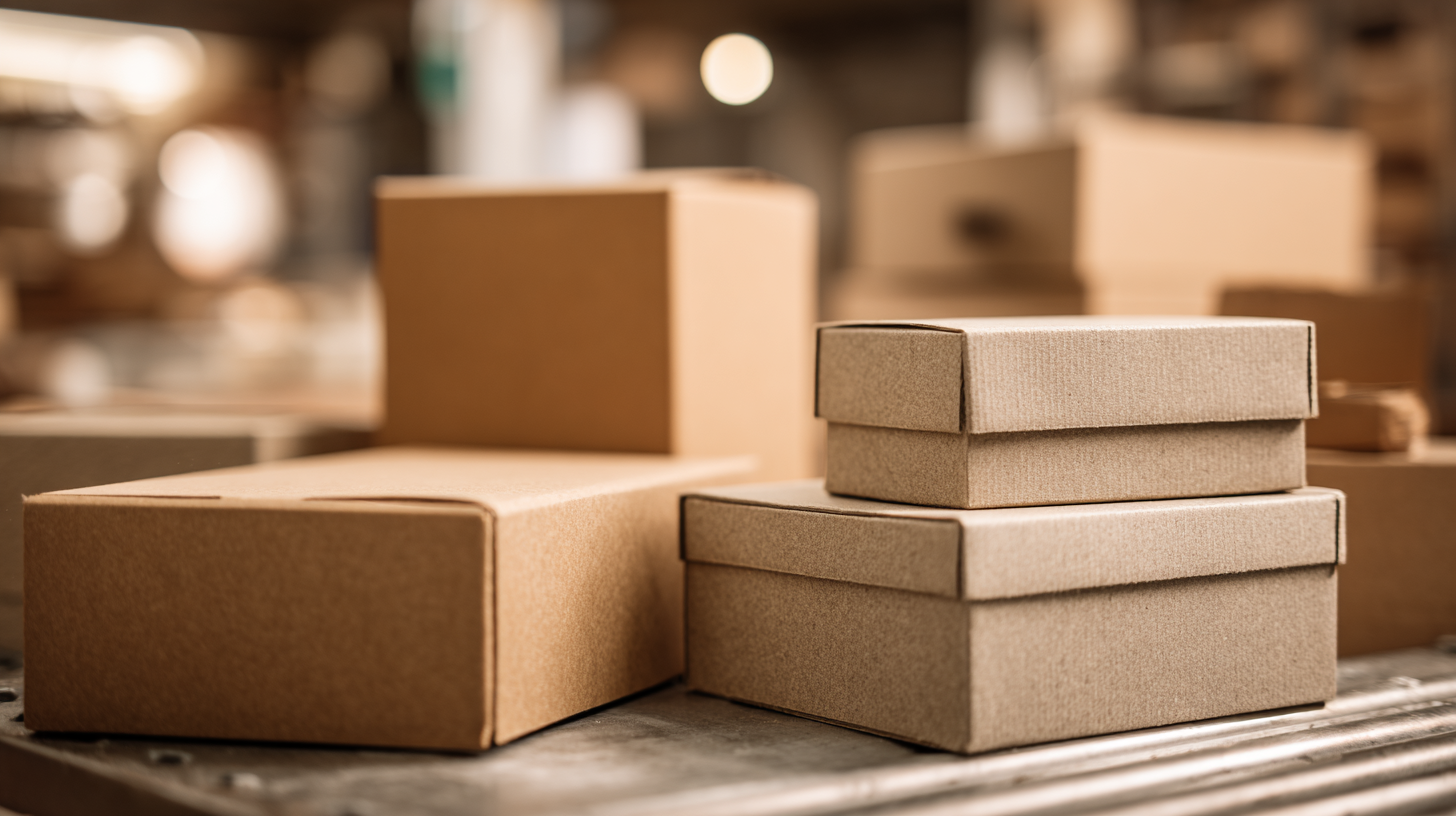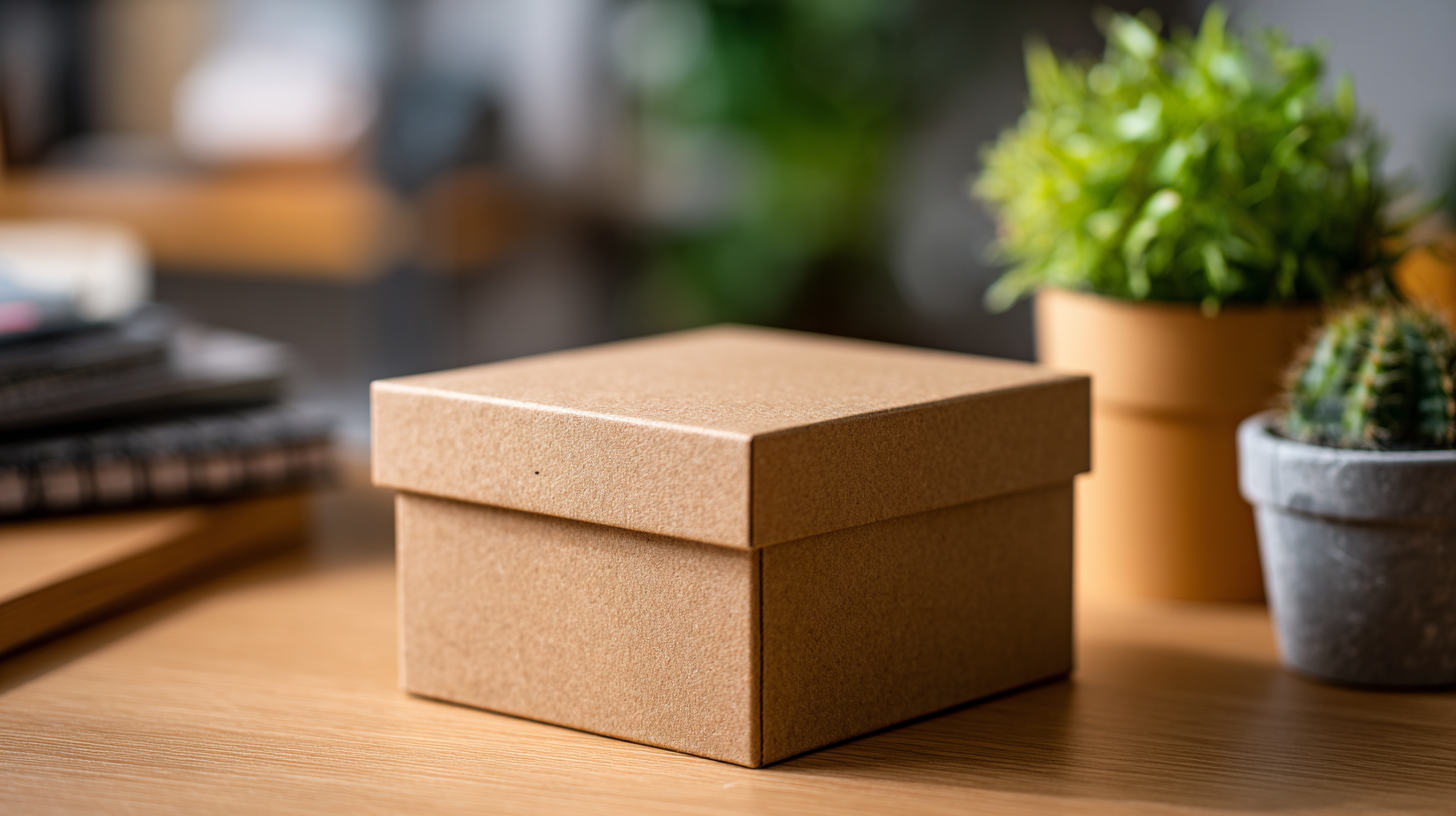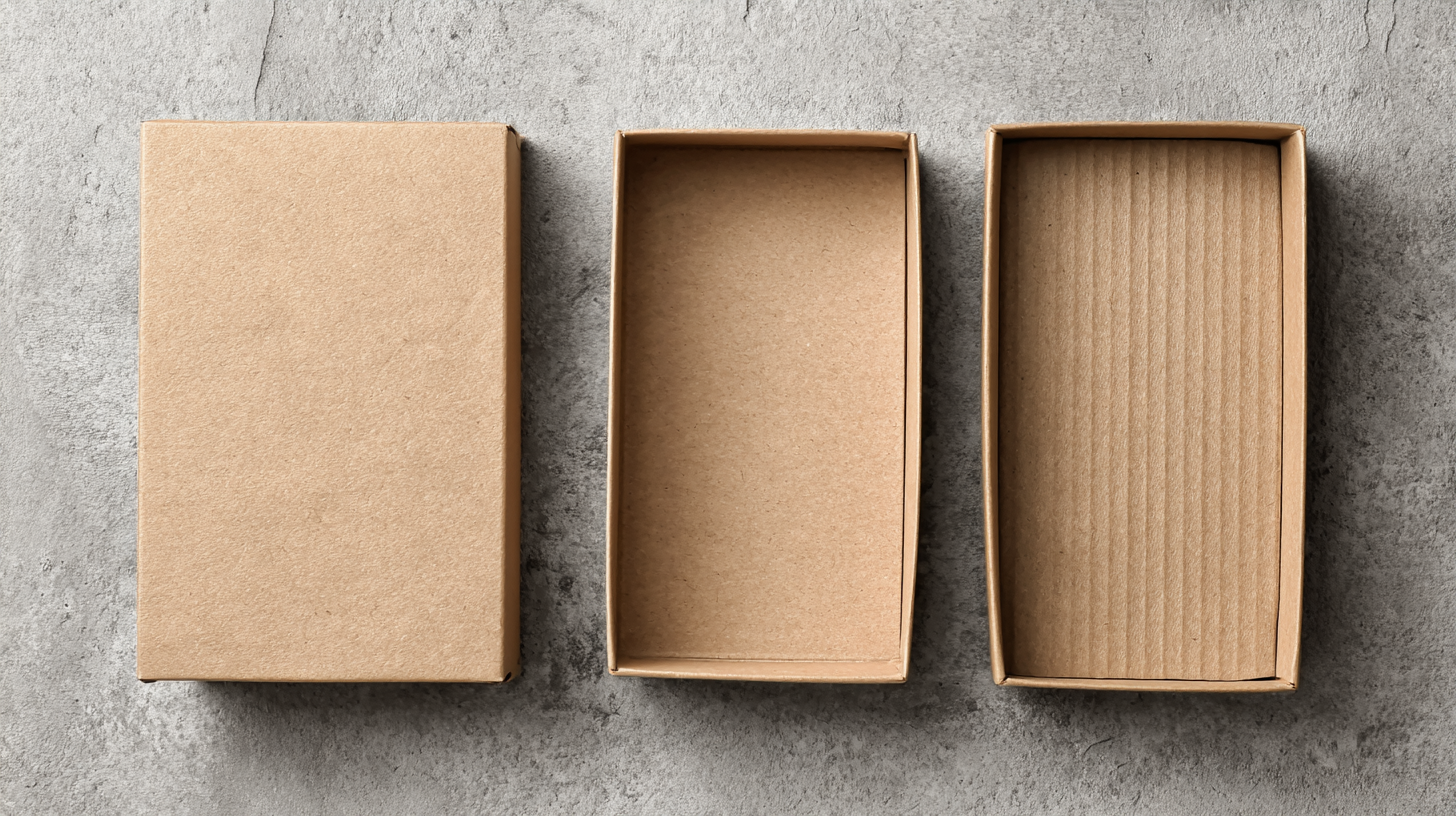In recent years, the demand for sustainable packaging has surged, with the global eco-friendly packaging market expected to reach USD 500 billion by 2027, growing at a CAGR of 5.7% from 2020. As businesses increasingly prioritize environmental responsibility, the Eco Friendly Pulp Box has emerged as a top choice, combining functionality with sustainability. This innovative packaging solution not only reduces carbon footprints but also caters to consumers' growing preference for green products. According to the Smithers Pira report, over 70% of consumers are willing to pay more for eco-friendly packaging, highlighting a significant market opportunity for companies that prioritize sustainable practices. Leveraging these insights, organizations must adopt top strategies for sourcing Eco Friendly Pulp Boxes, ensuring not only environmental compliance but also competitive advantage in the global market.

In the quest to enhance sustainable packaging, identifying the most eco-friendly raw materials for pulp box production is crucial. Recent studies highlight the potential of utilizing unused roadside and natural grasses, which serve as sustainable raw materials in the pulp and paper industry. By valorizing these biomass sources, manufacturers can significantly reduce their dependence on traditional wood fiber, contributing to biodiversity preservation and lowering the industry's overall environmental footprint. Furthermore, integrating artificial intelligence into production processes can streamline efficiency in areas like refining and drying, thereby supporting sustainable material sourcing.
The paper and packaging industry is also witnessing a paradigm shift towards circular economy models, where recycled and reused materials play a vital role. Reports indicate that sustainable forestry practices, combined with innovative approaches to material reuse, provide a competitive edge in the market. The challenges posed by plastic pollution are driving the demand for bioplastics and alternative materials, reinforcing the significance of developing eco-friendly pulp boxes. As brands prioritize sustainability, adopting these raw materials strategically can help align production practices with global environmental goals, ensuring a greener future for packaging industries.

When sourcing eco-friendly pulp boxes for sustainable packaging, one of the most critical steps is to evaluate the certifications associated with the pulp packaging solutions. Eco-labels serve as credible indicators of environmental responsibility and sustainability. According to a report by Smithers Pira, the demand for sustainable packaging is expected to grow significantly, with 62% of consumers prioritizing products that utilize eco-friendly packaging. As such, businesses must recognize key certifications such as the Forest Stewardship Council (FSC) and the Sustainable Forestry Initiative (SFI). These certifications ensure that the pulp is sourced from responsibly managed forests that meet high environmental and social standards.

Furthermore, organizations like the Biodegradable Products Institute (BPI) provide certifications that verify compostability, a crucial aspect for brands looking to close the loop in their packaging lifecycle. Research from Trivium Packaging highlights that 74% of consumers are willing to pay more for packaging that is fully recyclable or biodegradable. Hence, choosing suppliers that possess these certifications not only aligns products with consumer expectations but also enhances brand reputation in a progressively eco-conscious market. By integrating these eco-labels into sourcing strategies, businesses can contribute to a circular economy while meeting sustainability goals effectively.
Sourcing eco-friendly pulp boxes plays a crucial role in sustainable packaging, particularly when considering the implications of choosing local versus global suppliers. Local sourcing can significantly reduce transportation emissions, which, according to the Environmental Protection Agency, account for roughly 29% of greenhouse gas emissions in the United States. By opting for nearby suppliers, companies can cut their carbon footprint and support local economies, fostering community resilience while delivering sustainable products.
On the other hand, global suppliers may offer economies of scale and lower material costs, yet they can contribute to higher emissions due to extended logistics and transportation distances. The World Wildlife Fund reports that global supply chains can increase environmental impacts by up to 50%, emphasizing the need for careful evaluation of sourcing strategies. Additionally, local suppliers may possess more transparent supply chains and environmentally-conscious practices, making it easier for brands to ensure compliance with sustainability standards and certifications. Ultimately, the decision to source locally or globally will depend on balancing cost efficiency with the imperative for sustainable, eco-friendly packaging solutions that align with broader environmental goals.
This chart compares the sustainability impact of sourcing eco-friendly pulp boxes from local versus global suppliers across various sustainability metrics.
When choosing eco-friendly pulp boxes for sustainable packaging, understanding the cost versus sustainability trade-offs becomes crucial. Many companies face a dilemma: invest in more sustainable options that may initially be more costly or continue with traditional methods that harm the environment. An increasing number of brands are realizing that sustainable packaging is not just about compliance, but also about meeting consumer expectations and enhancing brand loyalty.
For businesses looking to make this transition, here are a few tips:
Firstly, assess the long-term cost savings of using eco-friendly materials. Although the upfront investment might be higher, the potential for reduced waste disposal costs and improved brand reputation can lead to greater profits in the long run.
Secondly, consider the lifecycle of your packaging. Choose products that minimize environmental impact from production to disposal, as this can significantly influence your overall sustainability profile.
Lastly, collaborate with suppliers who prioritize sustainability in their practices. Building strong partnerships can lead to innovative solutions in packaging materials and can help share the financial burden of transitioning to eco-friendly options. These strategies not only promote a sustainable future but also align with the growing consumer demand for eco-conscious products.
Emerging technologies in pulp processing are reshaping the landscape of eco-friendly packaging solutions, particularly as the sustainable packaging market continues to gain traction due to increased regulatory measures and consumer awareness. The fiber-based packaging market is projected to see significant growth, with the demand for cartons and clamshells soaring, driven by their renewable materials like paper and pulp. Industry reports indicate the market for sustainable paper chemicals is expected to grow at a CAGR of over 4.4%, reaching USD 38.2 billion by 2024, highlighting a critical shift towards environmentally responsible packaging options.
Tips for sourcing the best eco-friendly pulp box include evaluating the source of materials: prioritize suppliers that utilize plant-based waste, which not only reduces landfill waste but also harnesses valuable nutrients and bioactive compounds through innovative Food Industry 4.0 technologies. Additionally, consider recent innovations such as bioplastics derived from renewable resources, which present alternatives to conventional plastics, mitigating overall carbon footprints and environmental impacts.
Furthermore, embracing advancements in packaging materials, like nanocomposites, can significantly enhance food quality while ensuring sustainability. As the food processing sector expands—projected to reach $535 billion by 2025-26—integrating these sustainable technologies and materials into your packaging strategy is not just environmentally responsible but also aligns with growing market trends.
